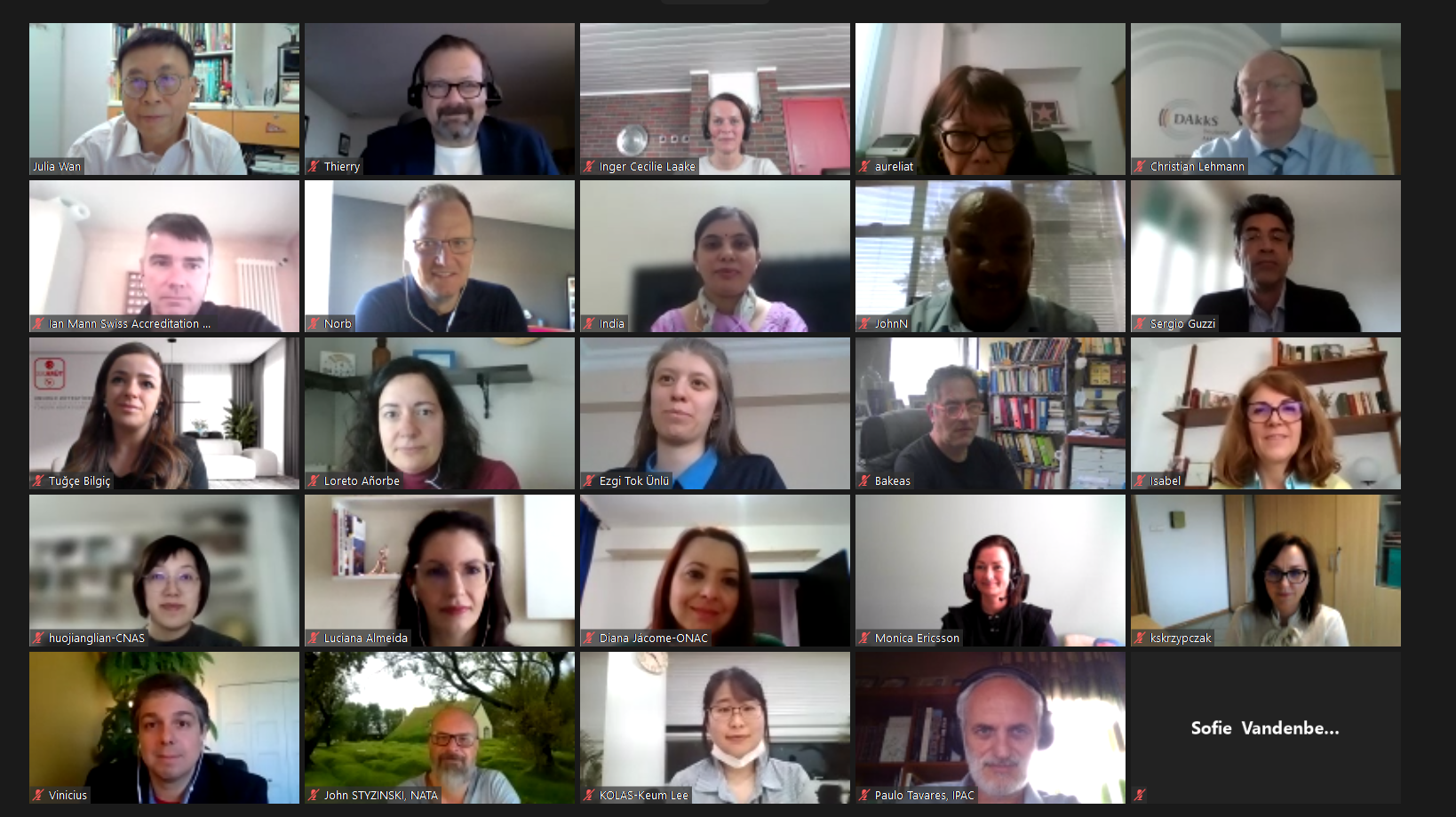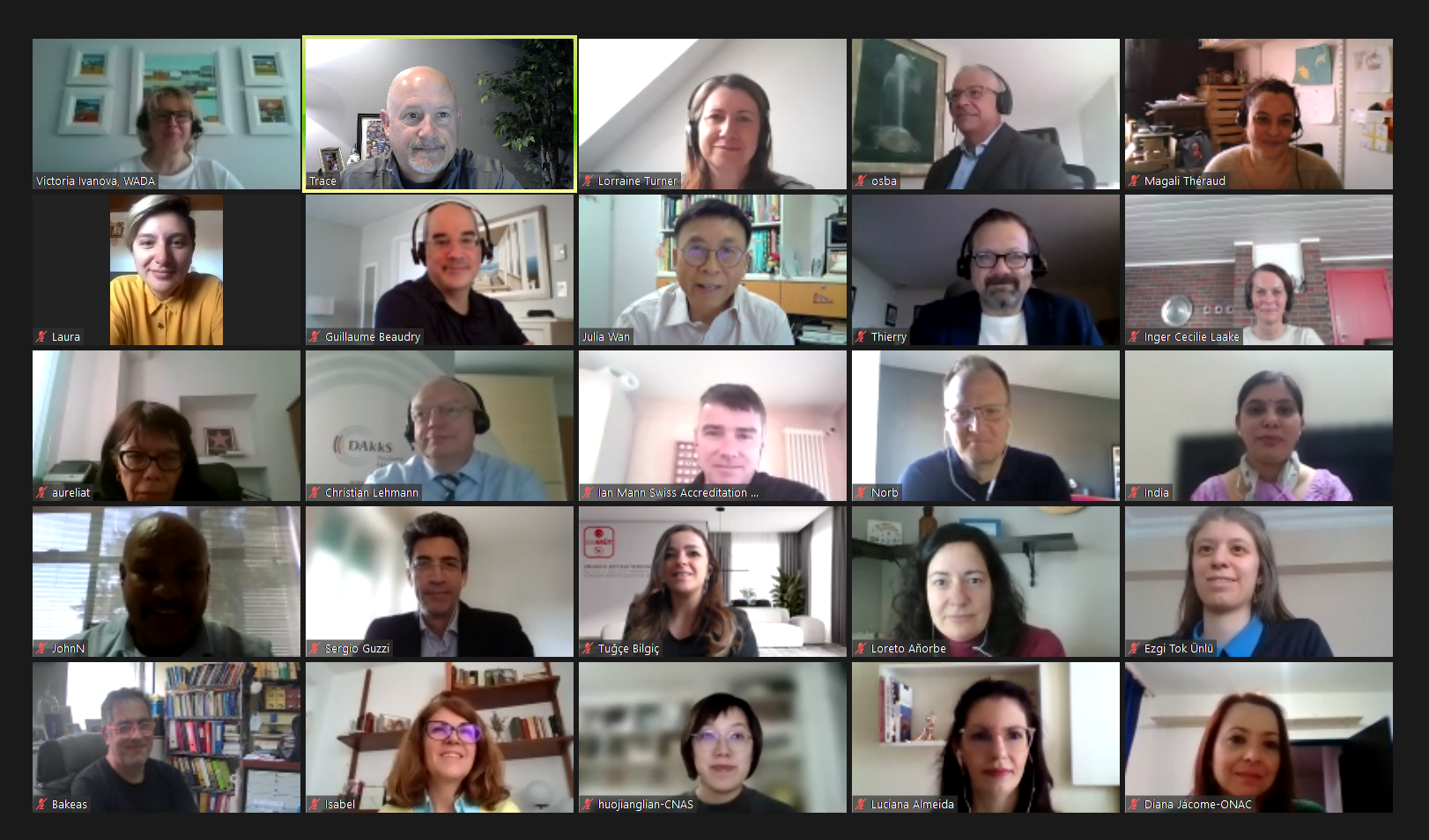
A new version of the BIPM key comparison database, the KCDB 2.0, was launched in October 2019. This followed 20 years continuous and efficient operation of the original KCDB. The new version provides a web-based user platform, which allows CMC data to be drafted and reviewed while being directly linked to the database.
The introduction of the KCDB 2.0 has led to an improvement in the quality management of data and a demonstrable reduction in the delay between submission to publication of internationally recognized calibration and measurement capabilities (CMCs). On average, the delay has been reduced by a factor of 2. The KCDB 2.0 includes enhanced functionality to allow the generation of numerical data on the CMCs and comparisons.
The growing issue of digitalization and machine readability is a hot topic with far-reaching consequences, which is being debated within many areas, including metrology. Industry and other stakeholders are increasingly requesting support for digital calibration certificates. In response to this requirement, the open access search facility for CMCs has received a significant enhancement with the introduction of an API (Application Programming Interface) that can be used to program CMC queries. The API KCDB can simultaneously query the same database that is available via the KCDB web to generate machine-readable CMC data. The API KCDB may be integrated into web applications, for example to adapt the service to languages other than English.
The API KCDB software represents the latest in the BIPM’s ongoing work to ensure that the KCDB remains at the forefront of the future digitalization needs of the metrology community. It is a possible precursor to the introduction of digital CMCs and ultimately for digital calibration certificates. The API is available via the KCDB website and an introduction video has also been made available: https://www.youtube.com/watch?v=lDHh_MC2p6s

2021 has been a fruitful year for ISO’s Committee on conformity assessment (CASCO) as great progress was made on the development of its five-year strategic directions for the period 2022-2026. In parallel, CASCO is reviewing the structure of the committee to ensure that it will be in a position to fulfil its forthcoming objectives.
The IAF-ILAC-ISO Joint Strategic Group (JSG) is a forum established pursuant to the Memorandum of Understanding signed between ISO, the International Accreditation Forum (IAF) and the International Laboratory Accreditation Cooperation (ILAC) to address matters of common interest to the three organizations, including matters of conformity assessment policy and practice as they relate to accreditation. The JSG is about to complete the revision of its terms of reference, which define all aspects of how it will carry out its mandate going forward.
In January 2021, the CASCO Strategic Alliance and Regulatory Group (STAR) agreed to focus its engagement efforts on sustainability issues, with a marked emphasis on the circular economy. STAR members felt the timing was right since sustainable solutions are needed to ensure full recovery from the COVID-19 crisis, and the circular economy is gaining traction in many countries. As a starting point, a task group has set to collect and examine existing literature covering concepts and trends of the circular economy, and its impact on the United Nations Sustainable Development Goals. It also gathered examples of current conformity assessment schemes as well as concrete private or governmental initiatives supporting the circular economy in different countries. With this preliminary phase over, the STAR will continue to work on an online tool or brochure that will offer guidance, borne out by practical examples, of how to approach the circular economy from a conformity assessment perspective.
On the technical side, CASCO has continued to work remotely, with six working groups active in the revision or development of conformity assessment standards. As such, it has recently published a revised version of one of its most prominent standards, ISO/IEC 17030, that provides general requirements for third-party marks of conformity, including their issue and use. It is also in process of revising ISO/IEC 17043, which specifies requirements for the competence of proficiency testing providers. The second Committee Draft is currently being balloted by CASCO and IEC members. Lastly, the revision of ISO/IEC Guide 60, Conformity assessment – Code of good practice, has now reached Draft International Standard (DIS) stage. The DIS, which was approved by ISO and IEC members, will be published as ISO/IEC 17060, acquiring full status as an International Standard.
Meanwhile, CASCO continues to manage the request clarification process for all requests received by the CASCO Secretariat pertaining to CASCO-developed standards. These deliverables are all developed in conjunction with the International Electrotechnical Commission (IEC). A total of 5 requests had been received by the end of September.

MoU between ILAC and WADA to be renewed
The International Laboratory Accreditation Cooperation (ILAC) and the World Anti-Doping Agency (WADA) officially formalized their partnership by signing a Memorandum of Understanding (MoU) on 15 November 2007 at the 3rd World Conference on Doping in Sport held in Madrid, Spain. After the initial signing of the MoU in 2007, the document underwent several revisions. The ILAC-WADA MoU has been reviewed and ratified every 3 years as follows:
In 2016, ILAC and WADA agreed to increase the duration of the MoU terms and conditions from three (3) to five (5) years. Consequently, the ILAC-WADA MoU is currently undergoing its regular review process by both organizations, and it is scheduled to be ratified by the ILAC Chair, Ms Etty Fellar, and WADA President, Mr. Witold Bańka, at the WADA Foundation Board meeting to be held on 25 November 2021 in Paris, France.
ILAC-WADA Liaison Group
As stipulated in the ILAC-WADA MoU, the ILAC-WADA Joint Working Group (also known as ILAC-WADA Liaison Group) is the main forum for coordinating the collaboration between WADA and the ILAC Full Member Accreditation Bodies (ABs) involved in the ISO/IEC 17025 accreditation of WADA laboratories worldwide.
The ILAC-WADA Liaison Group meets at least once a year. In the period from October 2020 to October 2021, the ILAC-WADA Liaison Group held two (2) virtual meetings:
The following topics were discussed during the April meeting:
The next meeting of the ILAC-WADA Liaison Group is scheduled for 21 October 2021.

